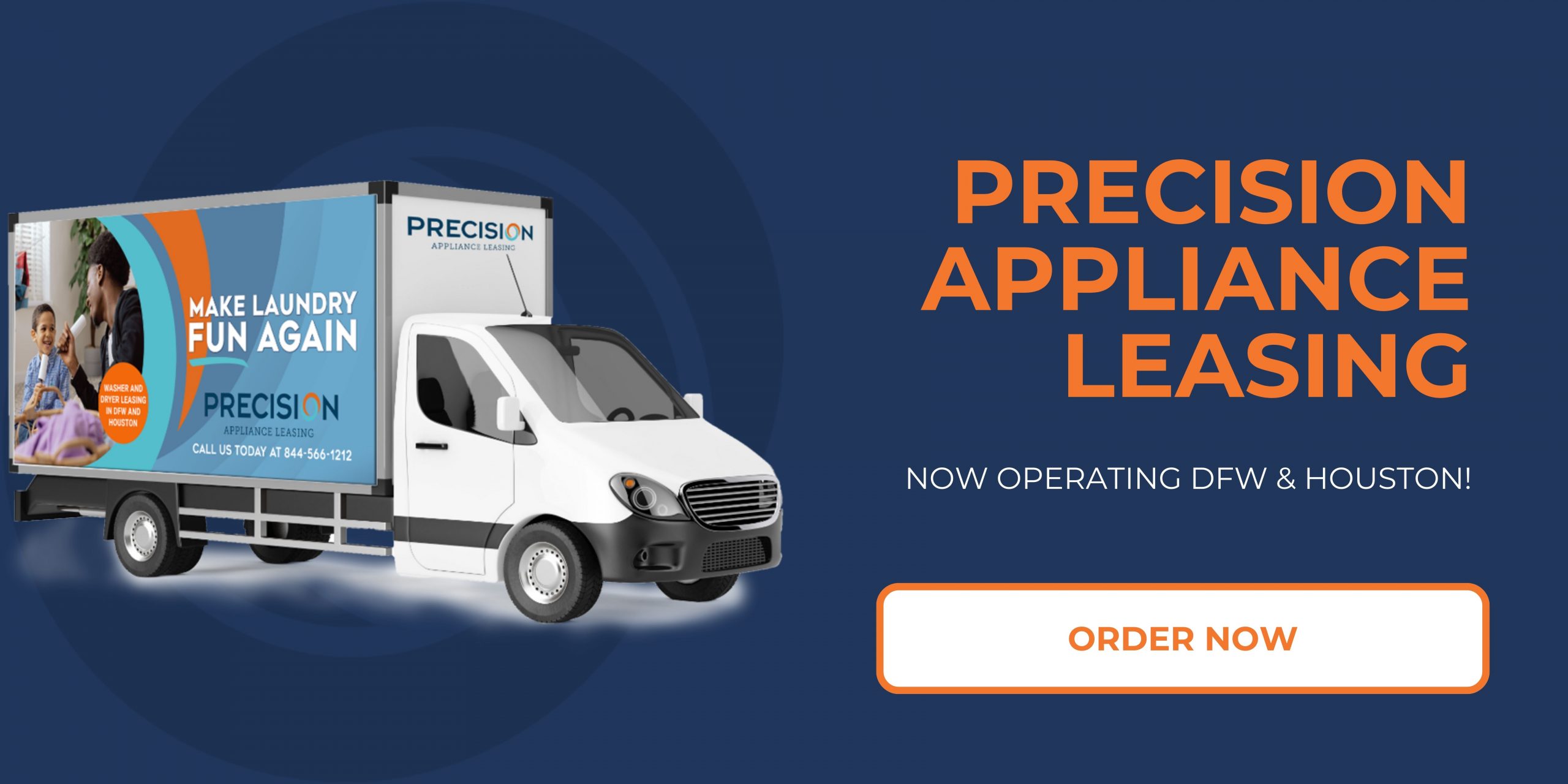Is benefits of front-load vs top-load washers right for your rental property in 2025?
As the rental market continues to evolve in 2025, landlords and property managers are faced with numerous decisions that can significantly impact tenant satisfaction and overall property value. One critical consideration is the choice between front-load and top-load washing machines for laundry facilities. This decision not only influences the laundry experience for tenants but also plays a role in energy efficiency, water usage, and maintenance costs, all of which are important factors in the increasingly competitive rental landscape.
Front-load washers have gained popularity in recent years due to their superior energy efficiency, reduced water consumption, and the ability to handle larger loads, which can be attractive features for tenants looking for convenience and cost savings. On the other hand, top-load washers remain a favorite for their ease of use, shorter wash cycles, and typically lower upfront costs. As tenants become more discerning in their rental choices, understanding the distinct benefits and potential drawbacks of each type of washer can provide property owners with a strategic advantage.
Additionally, considering the technological advancements and changing consumer preferences in the realm of laundry equipment, landlords must evaluate how the choice of washer affects not only daily convenience but also the long-term sustainability of their properties. Factors such as space constraints, repair needs, and tenant demographics should guide landlords in making an informed decision that aligns with the expectations of modern renters. This article will delve into the benefits and considerations of front-load versus top-load washers, helping landlords determine the best fit for their rental properties in the competitive landscape of 2025.
Energy Efficiency and Water Usage
When considering laundry appliances for a rental property in 2025, energy efficiency and water usage will be pivotal factors, especially in an era increasingly focused on sustainability. Front-load washers are known for their superior energy efficiency compared to top-load washers, largely due to their design and operating mechanisms. Front-load washers typically use less water and require less energy to heat that water, which can lead to significant cost savings for both landlords and tenants over time. This becomes increasingly important in urban areas, where water conservation is essential, and in regions where electricity prices continue to rise.
In terms of water usage, front-load washers are designed to tumble clothes instead of agitating them in a full tub of water, using gravity to effectively clean while minimizing the amount of water needed. This can mean that for the same number of loads, front-load washers may use up to 50% less water than their top-load counterparts. This distinction not only furthers eco-friendly practices but can also be a strong selling point for prospective tenants, particularly those who are conscious of their environmental footprint. As water prices climb higher in many areas due to drought and resource management challenges, the appeal of an energy-efficient appliance can have significant implications for tenant retention and satisfaction.
In addition, energy-efficient appliances often qualify for rebates or tax incentives, which can be advantageous for landlords looking to minimize their initial investment. Although front-load washers may have a higher upfront cost compared to top-load models, the long-term savings on energy and water bills can lead to a favorable return on investment, making them a strategically sound choice for rental properties. Moreover, with tenants becoming increasingly aware of energy conservation, having energy-efficient appliances in the rental unit enhances the property’s marketability.
Ultimately, the benefits of choosing front-load washers over top-load models extend beyond immediate operational savings; they align with broader trends toward sustainability and efficiency that are likely to shape the rental market in 2025. As landlords aim to provide attractive living conditions and reduce overall costs, implementing energy-efficient washing machines can significantly contribute to achieving these goals while adding value to the rental property.
Cleaning Performance and Fabric Care
When it comes to washing machines, cleaning performance and fabric care are critical factors, particularly for rental properties where diverse tenant needs must be met. Front-load washers are renowned for their superior cleaning capabilities compared to top-load models. This effectiveness arises from the design and washing mechanism: front-loaders use gravity to rotate clothes in and out of the water, providing a thorough and consistent wash. Because they tend to use less water and have a longer wash cycle, front-load washers can remove more dirt and stains, enhancing the overall cleanliness of the laundry.
Moreover, front-load washers generally provide gentler treatment to fabrics. The absence of an agitator, found in many top-load machines, means less friction and wear on clothing fibers, which is particularly beneficial for delicate items such as lingerie and knitwear. This fabric care is appealing not just to those who prioritize the longevity of their garments but also for landlords looking to minimize tenant complaints regarding damaged clothing.
When considering whether front-load or top-load washers are more suitable for rental properties in 2025, it is essential to evaluate the potential benefits alongside tenant expectations. As society increasingly leans towards eco-friendliness and sustainability, tenants may favor appliances that deliver not only high cleaning performance but also efficiency in water and energy use. Front-load washers, often extravagantly labeled as eco-friendly, embody a good balance of effective cleaning while conserving resources, which will likely resonate with environmentally conscious renters.
Furthermore, investing in higher-quality appliances such as front-load washers may lead to an enhanced reputation for a rental property. Offering superior laundry facilities could provide a competitive edge in a crowded rental market, attracting tenants who value premium amenities. As laundry is a staple aspect of the tenant experience, those willing to pay higher rents may be more inclined toward properties that promise robust fabric care and cleaning performance. In 2025, landlords will benefit from recognizing these trends and ensuring that their laundry amenities align with the evolving preferences of tenants, thereby enhancing the appeal and potential return on investment for their rental properties.
Space and Design Considerations
When evaluating the suitability of front-load versus top-load washers for a rental property, space and design considerations play a crucial role. The physical space available for a laundry machine and the overall design aesthetic of the rental unit can significantly influence a landlord’s choice of washer type. Front-load washers are typically more compact and can be stacked with dryers, making them ideal for smaller apartments or homes with limited laundry space. Their design often allows for placement in tight areas or closets, which can maximize the efficiency of existing square footage.
In contrast, top-load washers usually require more vertical space and a wider footprint, which might not be feasible in smaller units or those with limited laundry room dimensions. However, they do offer advantages in terms of easier access, as users don’t need to stoop to load and unload clothes, which can be a selling point for some tenants. Depending on the rental property layout, landlords need to assess which type would best use the available space while also providing convenience for tenants.
Choosing between front-load and top-load washers also involves considering aesthetic alignment with the overall design of the property. Front-load models often come in more modern and sleek designs, which can enhance the visual appeal of a laundry room, particularly in upscale rentals. Landlords looking to attract high-end tenants may find that a front-loading washer fits better with a contemporary decor style. Conversely, top-load washers can appeal to a more traditional look, offering a classic feature that some renters may prefer.
Ultimately, the decision should factor in not only the physical space and design but also the target market of the rental property in 2025. As more renters prioritize efficient use of space and modern amenities, front-load washers may become increasingly desirable. Balancing these considerations with tenant needs and the overall rental strategy can help landlords make an informed decision that enhances their property’s appeal and usability.
Cost and ROI for Rental Properties
When evaluating appliances for rental properties in 2025, understanding the cost and return on investment (ROI) linked to washers is essential. The primary consideration is the initial purchase price versus the long-term savings and tenant satisfaction. Front-load washers typically have a higher upfront cost compared to top-load washers; however, they often provide significant savings on water and electricity bills due to their superior energy efficiency. This can be a decisive factor for landlords aiming to minimize ongoing operational costs and increase their property’s appeal.
In terms of ROI, investing in front-load washers can mean lower utility costs over time. These washers use less water per load, which can result in substantial savings for both landlords and tenants in the long run. Additionally, energy-efficient appliances can attract environmentally conscious renters, making the rental property more competitive in a market where tenants increasingly value sustainability. This factor can enhance tenant satisfaction, potentially leading to lower turnover rates and higher long-term occupancy rates.
Yet, it is essential to conduct a thorough analysis specific to the rental market in 2025. Consider the demographics of potential tenants; if they are likely to prioritize cost over features, a fleet of top-load washers might maintain higher occupancy rates due to their lower up-front costs and ease of use. Conversely, in hip urban areas where young professionals may be attracted to green living, front-load washers could provide a more significant ROI by justifying higher rental prices.
Ultimately, the investment in either washer type should not only weigh immediate financial implications but also long-term operational costs and tenant preferences. By focusing on the balance between initial costs and long-term returns, landlords can make informed decisions that would align with market trends and tenant expectations, leading to a more profitable and attractive rental property.
Tenant Preferences and User Experience
When considering laundry appliances for rental properties, tenant preferences and user experience are crucial factors that can significantly impact tenant satisfaction and retention. In 2025, the landscape of appliance options continues to evolve, with tenants increasingly prioritizing convenience, efficiency, and ease of use in their daily routines. Understanding what features tenants value most can help landlords make informed decisions about whether to install front-load or top-load washers.
One of the key preferences among tenants is the ease of access and usability of the appliances. Front-load washers typically have a more modern design and may come with a range of advanced features, such as digital controls, multiple wash settings, and smart technology options that allow for remote operation. This modern engineering can appeal to younger, tech-savvy renters who appreciate user-friendly interfaces and the ability to monitor their laundry from their smartphones. Additionally, front-load washers tend to have larger capacities, which can be beneficial for families or individuals with heavy laundry needs.
On the other hand, top-load washers are generally perceived as being easier to load and unload, even for those who might not be as comfortable bending down to access front-load machines. For some tenants, particularly older adults or those with physical limitations, top-load models can provide significant accessibility advantages. The decision between front-load and top-load washers ultimately hinges on the demographic profile of the building’s residents. For properties targeting families or older adults, the user experience and accessibility of top-load washers may be more appealing, whereas a younger demographic might favor the efficiency and features of front-load machines.
Moreover, tenant preferences can have implications beyond mere convenience. The type of washer installed can influence the overall perception of the property. Upgrading to front-load washers might position a rental property as more upscale, potentially justifying higher rental prices, while offering well-maintained top-load models could be sufficient in more budget-conscious markets.
As rental markets in 2025 continue to adapt to evolving tenant needs, landlords must carefully assess which washer type aligns best with their target audience and the overall goals for their property. Providing a positive user experience can enhance tenant satisfaction, reduce turnover rates, and foster a more favorable reputation for the rental property. Thus, reading the market and understanding tenant preferences is key to making the right decision about laundry appliances.


